Shimásání (2009)
Genre : Drama, Family
Runtime : 15M
Director : Blackhorse Lowe
Writer : Blackhorse Lowe
Synopsis
In 1934 on the serene Navajo reservation, Mary Jane spends her time daydreaming and tending to her family's flock of sheep. When her older sister returns from boarding school with a world geography book, she reveals new worlds that are "just over the mountain." Conflicted by her obedient nature and her curious imagination, Mary Jane must privately decide to either maintain her lifestyle or depart into the exotic unknown.
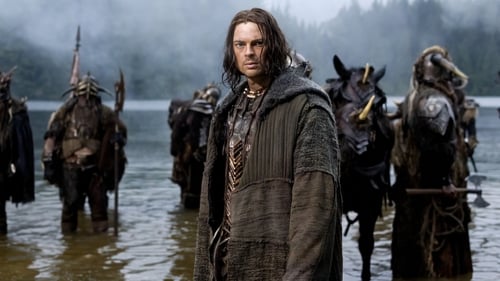
A Viking boy is left behind after his clan battles a Native American tribe. Raised within the tribe, he ultimately becomes their savior in a fight against the Norsemen.

Set in the Mayan civilization, when a man's idyllic presence is brutally disrupted by a violent invading force, he is taken on a perilous journey to a world ruled by fear and oppression where a harrowing end awaits him. Through a twist of fate and spurred by the power of his love for his woman and his family he will make a desperate break to return home and to ultimately save his way of life.

While crossing the desert, a frontier scout, Jess Remsberg, rescues Ellen Grange from a pursuing band of Apaches, and returns her to her husband, Willard Grange. He is contracted to act as a scout for an Army cavalry unit. Willard, Ellen, and her infant son are along for the ride, as is horse trader Toller, a veteran of the 10th Cavalry. The party is trapped in a canyon by Chata, an Apache chief and grandfather of Ellen's baby. Willard is captured and tortured. Jess sneaks away and brings reinforcements just in time to save the day. Jess learns that the man he has been hunting is none other than Willard Grange.
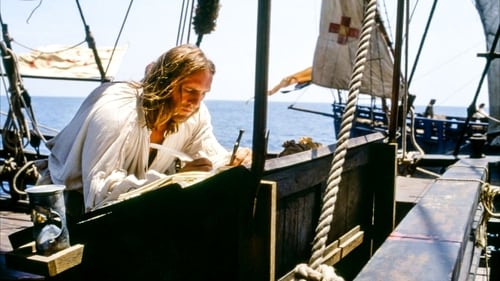
1492: Conquest of Paradise depicts Christopher Columbus’ discovery of The New World and his effect on the indigenous people.
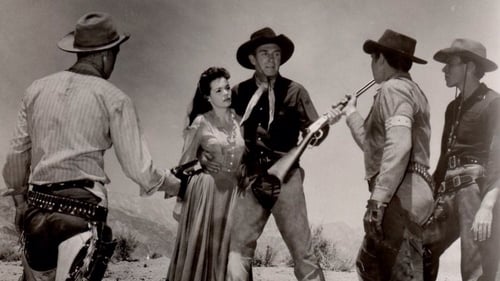
A man saves a woman who had been kidnapped by Comanches, then struggles to get both of them home alive.

In a remote northern woodland community, a young First Nations mother and her 7-year-old son search for her boyfriend in the wake of his mysterious disappearance.
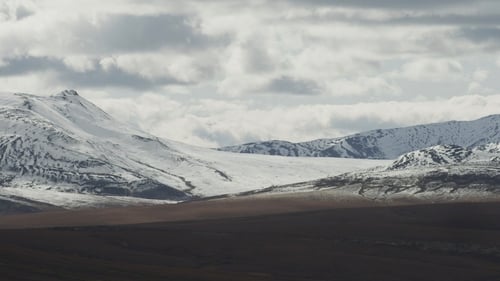
A caribou tracker obsessed with finding a missing caribou herd befriends a teenage rebel who gets lost while on the run.

Documentary that follows Pablo, a man that used to live on the streets in Brazil

In this evocative meditation, a disturbing link is made between the resource extraction industries’ exploitation of the land and violence inflicted on Indigenous women and girls. Or, as one young woman testifies, “Just as the land is being used, these women are being used.”

First hand interviews and on the ground footage give a stirring account of The Standing Rock Sioux Nation's and water protectors' opposition to the Dakota Access Pipeline
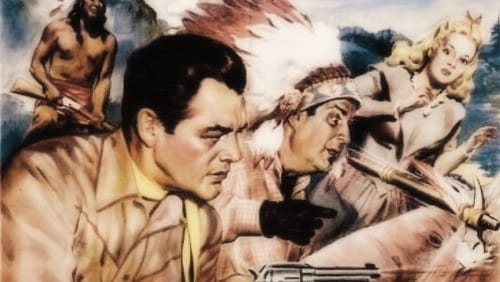
Charles Starrett, aka "The Durango Kid", is back in Raiders of Tomahawk Creek. Starrett plays Steve Blake, a novice Indian agent, sent out to investigate a series of mysterious murders.

The title of this video, taken from the texts of the architect Kengo Kuma, suggests a way of looking at everything as “interconnected and intertwined” - such as the historical and the present and the tool and the artifact. Images and representations of two structures in the Portland Metropolitan Area that have direct and complicated connections to the Chinookan people who inhabit(ed) the land are woven with audio tapes of one of the last speakers of chinuk wawa, the Chinookan creole. These localities of matter resist their reduction into objects, and call anew for space and time given to wandering as a deliberate act, and the empowerment of shared utility.

Army officer whose parents are white and Indian tries to avert an Indian war.

Wah-Ta-Wah, or Hist, the lady-love of Chingachgook, a Delaware chief, has been captured by the warlike Hurons. Chingachgook asks the aid of Deerslayer, a white man brought up among the Indians, in rescuing her, and. the two men arrange to meet at Lake Otsego, then called Glimmerglass. Deerslayer sets out for the meeting place, accompanied by Hurry Harry March, a trapper, who acts as his guide.

The story of an improbable friendship and a social comment on life in Bolivia in the eighties.

A kickboxing cop abandons the violent life after he accidentally kills his opponent during a match. After quitting, he heads for the Arizona desert to live alone and occasionally work tracking drug runners for the area sheriff. One particularly wily Mexican drug lord, Santos, has been a real thorn in tracker Joe Highhawk's side, so when he encounters the beautiful Claudia and her simpleton brother Anthony running for their lives because she, an accountant, embezzled $20 million from Santos, he decides to help them. This actioner follows what happens next. Along the way, they encounter all sorts of danger, and double cross until the exciting final standoff between the kickboxer and the villain.

A greedy land developer steals the land from an Apache Indian tribe. His plan involves shooting most of the Apaches but an Apache warrior survives and gets revenge.

The “Prophecy of the 7th Fire” says a “black snake” will bring destruction to the earth. For Winona LaDuke, the “black snake” is oil trains and pipelines. When she learns that Canadian-owned Enbridge plans to route a new pipeline through her tribe’s 1855 Treaty land, she and her community spring into action to save the sacred wild rice lakes and preserve their traditional indigenous way of life. Launching an annual spiritual horse ride along the proposed pipeline route, speaking at community meetings and regulatory hearings. Winona testifies that the pipeline route follows one of historical and present-day trauma. The tribe participates in the pipeline permitting process, asserting their treaty rights to protect their natural resources. LaDuke joins with her tribe and others to demand that the pipelines’ impact on tribal people’s resources be considered in the permitting process.
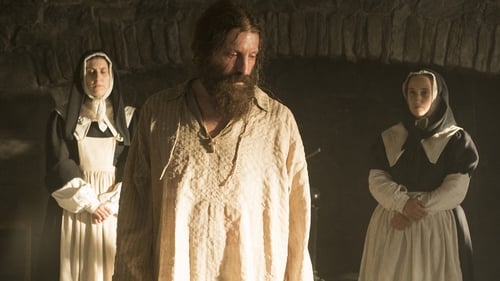
Mohawk archaeologist Baptiste Asigny engages in a search for his ancestors following a tragic terrain slump in the Percival Molson Stadium.

Filmed during the 2016 Standing Rock protests in South Dakota, Sky Hopinka's Dislocation Blues offers a portrait of the movement and its water protectors, refuting grand narratives and myth-making in favour of individual testimonials.

















